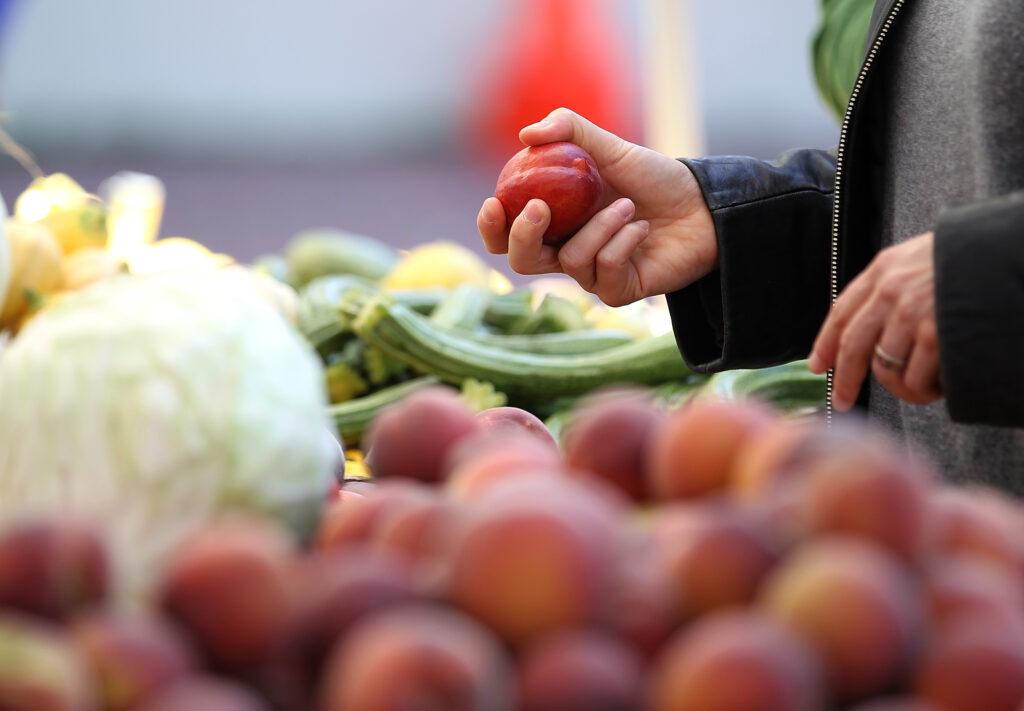The partnership aims for New Englanders to consume 30 percent regional food products by 2030. (Justin Sullivan | Getty Images)
Of the more than $13 billion Granite Staters spent on food, beverages, and alcohol in 2022, only 3.2 percent came from regional sources, according to an analysis by the New England Food System Planners Partnership.
A strategic food and agriculture plan currently under development seeks to change that.
The effort is being led by the New Hampshire Food Alliance – a network based out of the University of New Hampshire Sustainability Institute – in partnership with the Department of Agriculture, Markets, and Food and others.
The plan will align the various partners in pursuing funding, legislation, infrastructure investments, program development, and “networks in support of a thriving, fair and sustainable local food system in the state,” according to a news release from UNH.
It will consist of 27 informational briefs across a wide range of topics: different food sectors, grocery stores and food cooperatives, restaurants, soil and water, labor and workforce, and many others. The briefs are scheduled to be released individually from September to December. There will be a 30-day window for public comment, and people can sign up to be alerted when the briefs are published.
The impetus for the plan came out of the NH Food Alliance’s participation in the New England Food System Planners Partnership, according to the news release. The partnership aims for New Englanders to consume 30 percent regional food products by 2030.

